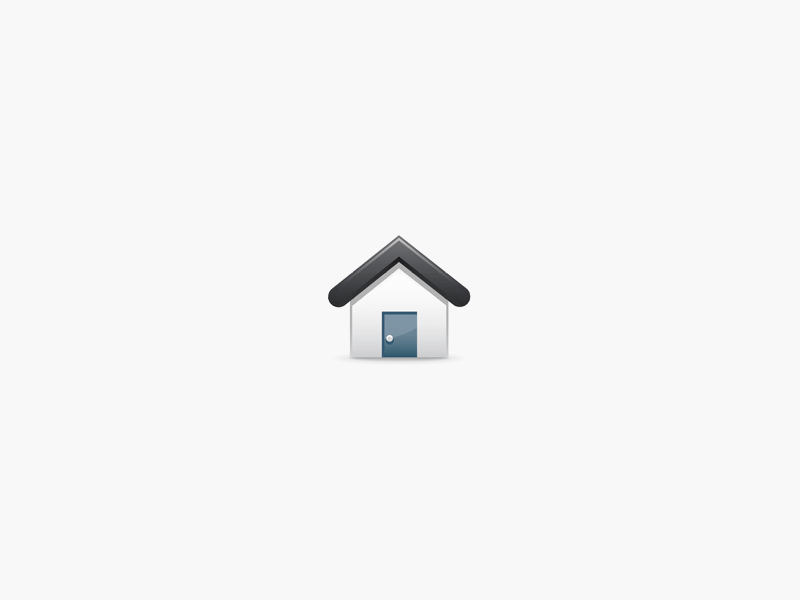Description
Villa 4 bedroom with lots of natural light and garden (land 1000sqm). House with large rooms for easy living.
The natural light that enters throughout the day is a great asset of this house, almost entirely facing south.
The 284sqm (ABP) of this house are distributed as follows:
Ground floor: Living room surrounded by windows (42sqm), Office/bedroom (18sqm), guest bathroom, spacious kitchen with dining area (24sqm) fully equipped, pantry/storage room (6sqm) and laundry room (10sqm).
The kitchen has a direct door to the garage (19sqm addition).
The living room has a fireplace with stove and several accesses to the garden. At the foot of the dining area, there is a sheltered patio, for outdoor dining - this patio also has a door to the kitchen.
Floor 1: A master suite (32sqm + 7sqm) surrounded by windows, a suite (22sqm + 5sqm), a bedroom (17sqm) and a bathroom (4.40sqm). Balcony.
From the view of the house to the immense and verdant Serra de Sintra, we can see the Pena Palace, the Monserrate Palace, the Moorish Castle, the chimneys of the National Palace of Sintra...
Cabriz is one of the villages in the municipality of Sintra, with the fountain, several houses and some local shops (grocery store, bakery, restaurant). It has bus stops. Here he lives in the countryside but close to the city. 1.8 kms from Lourel where there is all the commerce and services necessary for day-to-day life.
Great and varied access to several locations: 3 kms from the historic centre of Sintra and 9 kms from Praia das Maças and Praia Grande. 16 kms from the centre of Cascais.
36 kms (32 mn by car) from Lisbon International Airport with connections to all parts of the world.
The information referred to is not binding. You should consult the property's documentation.
Sintra - First 'cultural landscape' to be inscribed as a UNESCO World Heritage Site. In Sintra, the game between nature and the action of man prevails, who modified its vegetal clothing and harmonised it, combining the great monuments such as the Royal Palace, from the thirteenth and sixteenth centuries and the Pena Palace, from the nineteenth century with examples of traditional architecture.
Sintra was, in the nineteenth century, the first focus of European romantic architecture. Ferdinand II knew how to transform the ruins of a monastery into a castle, where the new sensibility was expressed by the use of Gothic, Egyptian, Islamic and Renaissance elements, and by the creation of a park combining local and exotic essences. Other prestigious residences were built according to the same model in the mountains and made this place a unique example of parks and gardens that influenced diverse landscapes in Europe.
The grandeur of the mountains and, at the same time, its amenity, make Sintra a unique place where you can live in a privileged way.
Location
União das Freguesias de Sintra (Santa Maria e São Miguel, São Martinho e São Pedro de Penaferrim), Sintra, Lisboa
 1 / 51
1 / 51
 2 / 51
2 / 51
 3 / 51
3 / 51
 4 / 51
4 / 51
 5 / 51
5 / 51
 6 / 51
6 / 51
 7 / 51
7 / 51
 8 / 51
8 / 51
 9 / 51
9 / 51
 10 / 51
10 / 51
 11 / 51
11 / 51
 12 / 51
12 / 51
 13 / 51
13 / 51
 14 / 51
14 / 51
 15 / 51
15 / 51
 16 / 51
16 / 51
 17 / 51
17 / 51
 18 / 51
18 / 51
 19 / 51
19 / 51
 20 / 51
20 / 51
 21 / 51
21 / 51
 22 / 51
22 / 51
 23 / 51
23 / 51
 24 / 51
24 / 51
 25 / 51
25 / 51
 26 / 51
26 / 51
 27 / 51
27 / 51
 28 / 51
28 / 51
 29 / 51
29 / 51
 30 / 51
30 / 51
 31 / 51
31 / 51
 32 / 51
32 / 51
 33 / 51
33 / 51
 34 / 51
34 / 51
 35 / 51
35 / 51
 36 / 51
36 / 51
 37 / 51
37 / 51
 38 / 51
38 / 51
 39 / 51
39 / 51
 40 / 51
40 / 51
 41 / 51
41 / 51
 42 / 51
42 / 51
 43 / 51
43 / 51
 44 / 51
44 / 51
 45 / 51
45 / 51
 46 / 51
46 / 51
 47 / 51
47 / 51
 48 / 51
48 / 51
 49 / 51
49 / 51
 50 / 51
50 / 51
 51 / 51
51 / 51